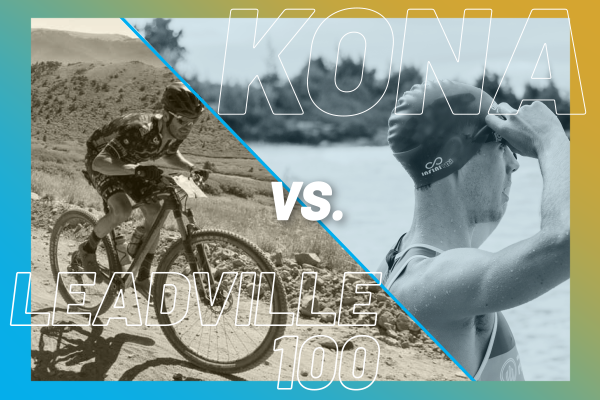
Which Is Harder: The Ironman World Championship or Leadville 100 Mountain Bike Race?
Ironman Kona vs. Leadville 100. We ask athletes who have raced both and offer tips for success at each.

Ironman Kona vs. Leadville 100. We ask athletes who have raced both and offer tips for success at each.

Heat, humidity, wind, pacing—we take a look at some of the factors that affect success at the Ironman World Championship in Kona.
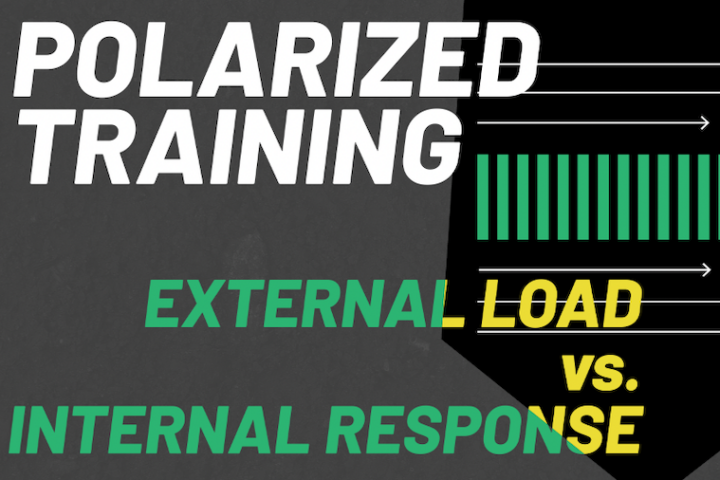
Load, stress, strain—they’re terms we hear a lot in sports science, but what do they mean? Dr. Stephen Seiler explores how your internal response to external load will change as you become fitter and more durable.

Get the right mix of intensity at the right time and polarized training pays off. Take a disciplined approach for best results.
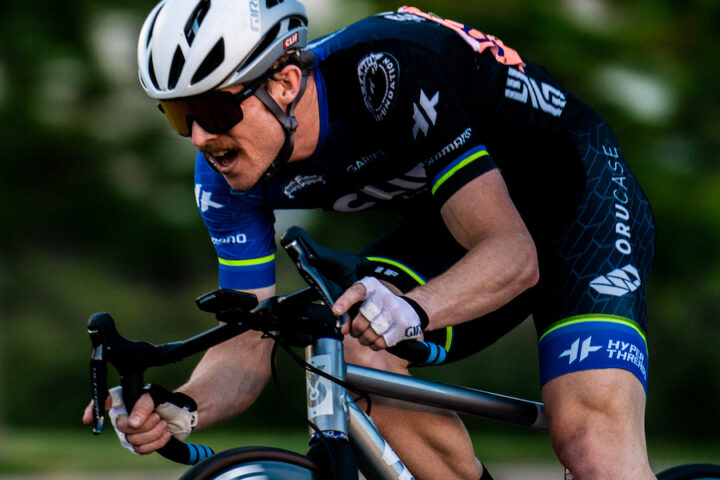
The concepts of central and peripheral conditioning help explain why an effective training base period leads to speed and durability in the race season.
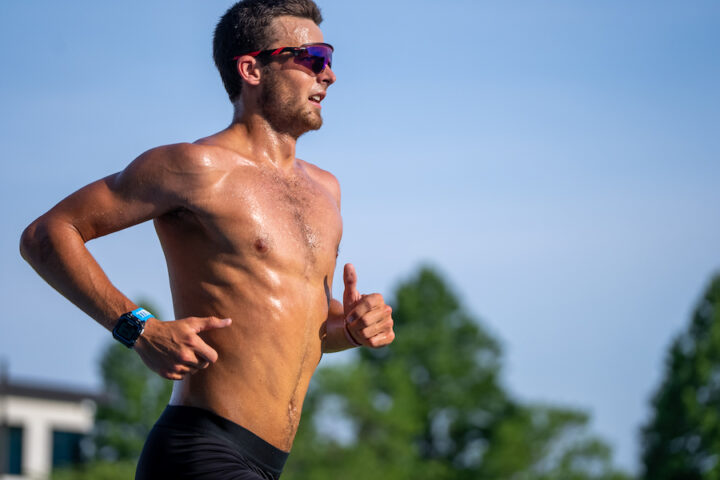
Sticking to 80/20 and training by heart rate are just two of the key polarized training rules you’ll want to follow.
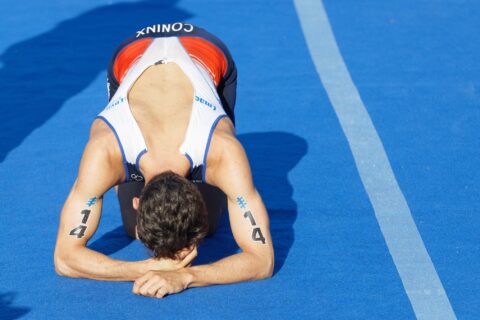
Polarized training is most successful when your body is ready for high-intensity sessions. Understanding how your autonomic nervous system works can help you time it right.

Polarized training is all about building duration without incurring high stress. Where does your steady state break down and what can you do about it?

Dr. Stephen Seiler explains why polarized training is a winning strategy for the long game of endurance sports. By balancing the stress of training, athletes see bigger gains over time.

Intensity can be a slippery slope for endurance athletes—there is a temptation to push harder and longer. The real recipe for performance might entail some new priorities.
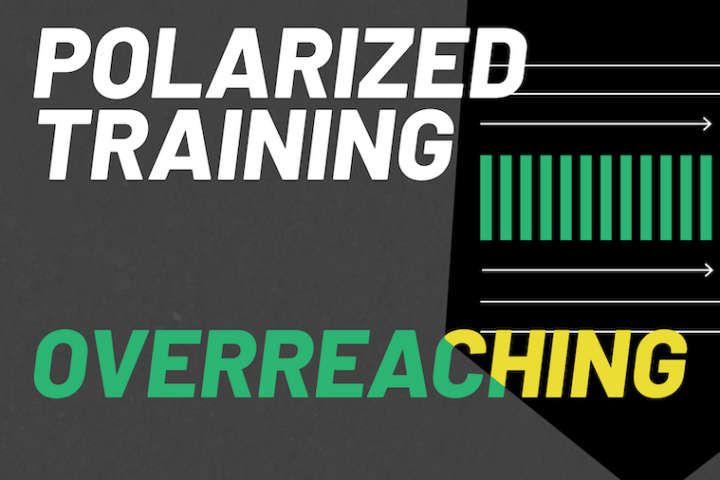
It can be very easy to train at a moderate intensity all the time, which can be a surefire way to land in an overreached state. Polarized training can help prevent that—and in this video, Dr. Seiler explains how.

Scientists have worked closely with athletes and coaches to define the polarized model and explain how it works. Who leads the way? Dr. Seiler talks about the scientific process playing out in valuable ways in both research and the real world.
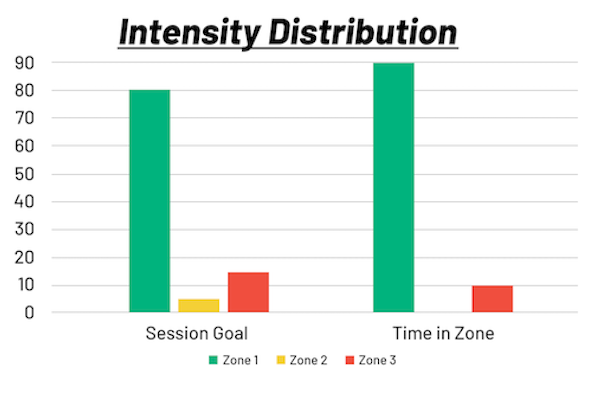
Is 80/20 really the best mix of intensities? And what’s the best way to categorize training? Dr. Seiler has a simple method to get you started.
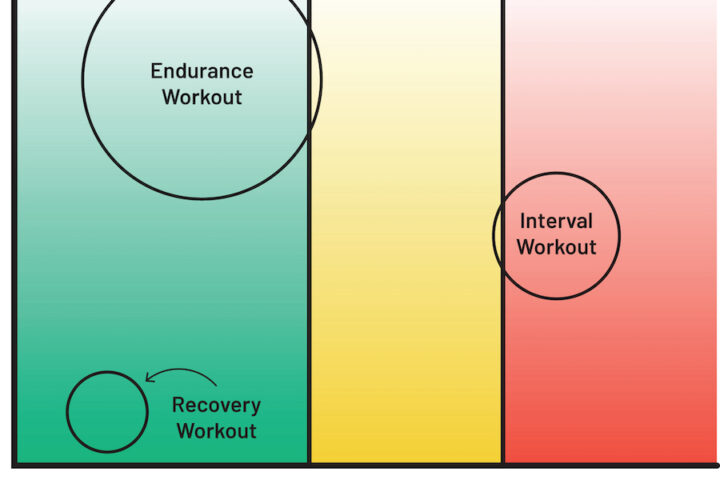
To truly polarize your training, you need to focus your training in two key zones. Coach Trevor Connor explains how this works for the sport of cycling, but the physiology applies to all endurance sports.
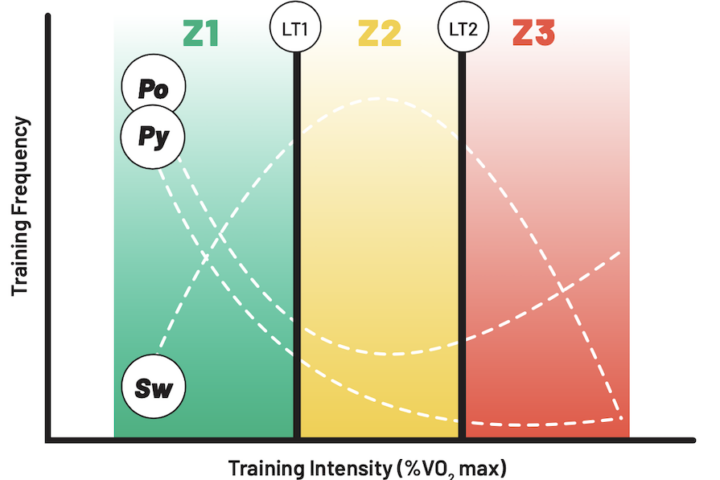
Most popular training methods claim to build your aerobic engine, but the training to achieve that goal will look and feel very different.
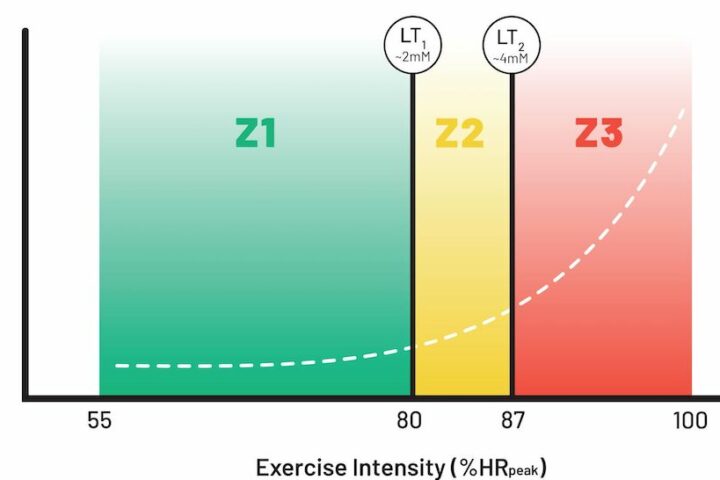
Polarized training is a case where science hustled to catch up with real-world results. Coach Trevor Connor explains how sport science misunderstood the physiology and inadvertently shifted the focus toward high-intensity training.

Running coach Ryan Bolton shares three key workouts for runners who want to polarize their training.

What does polarized training look like for triathletes? Find out with coach Ryan Bolton’s tri-specific swim and run workouts.